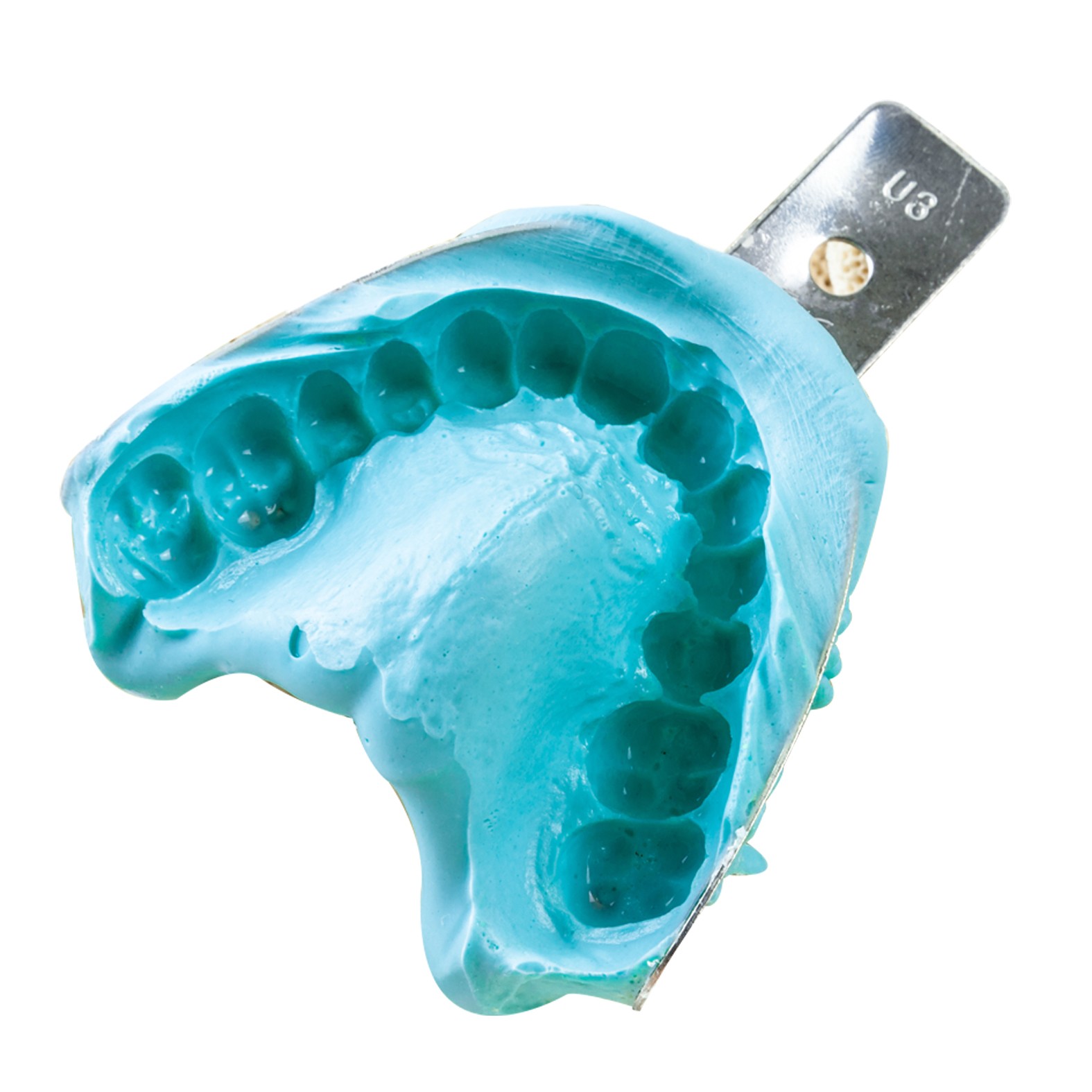
Hence it is slowed down by the addition of trisodium phosphate to the powder. This reaction occurs too quickly often during mixing or loading of the impression tray. Here, sodium alginate reacts with calcium sulfate, resulting in sodium sulfate and calcium alginate. On mixing the powder with water, a sol is formed, a chemical reaction takes place, and a gel is formed. The powder contains sodium alginate, calcium sulfate, trisodium phosphate, diatomaceous earth, zinc oxide, and potassium titanium fluoride. A study has shown that alginate impressions can be used as final impressions for indirect restorations when the preparation margins are chamfer.

Alginates are used for impressions in orthodontic models, sports mouth guards, and bleaching trays and more. Irreversible hydrocolloid can be used in preliminary impressions, provisional crown-and-bridge impressions, study models, opposing dentition impressions. The purpose of this article is to provide clinical do's and don'ts while using alginate material for impressions. They form a major bulk of our clinical practice even today therefore, it becomes mandatory to understand the material and follow certain fundamental guidelines for flawless, predictable impressions and hence avoid repeat impression/restorations. For many years, alginate impression material has been a staple of most dental practices.

Yet very few people can make alginate impressions just right the first time. Alginate is one of the most frequently used dental materials and alginate impression is a simple, cost-effective, and indispensable part of dental practice. Irreversible hydrocolloid impressions form an inseparable part of indirect restorations. Alginate is an elastic, irreversible hydrocolloid impression material.


 0 kommentar(er)
0 kommentar(er)
